
When COVID-19 derailed the Geneva event, organizers convinced 17 brands to use the fair’s new digital platform as a showcase for their most innovative novelties.
The luxury watch industry has been slow to embrace digital operations, with many brands still reluctant to adopt e-commerce.
The coronavirus is changing all that.
With most consumers around the world either stuck at home or slowly emerging from lockdown to find a vastly different retail landscape, brands with a digital presence have realized that a website is no longer a nice-to-have complement to a physical space — it’s the only game in town.
No one has learned that lesson more than the organizers of Watches & Wonders. The luxury watch fair, formerly known as the Salon International de la Haute Horlogerie, was supposed to take place in Geneva April 25th to 29th. In February, the Fondation de la Haute Horlogerie (FHH), the fair’s organizer, announced it was canceling the 2020 event. And in late April, FHH unveiled a virtual edition of the fair, which went live on the day the physical event was due to open.
Of the event’s 30 participating brands, 17 — including Cartier, IWC and Panerai — posted videos and information to the platform touting their 2020 novelties, prefaced by videos featuring their respective CEOs giving introductory remarks. The presentations are designed to replicate the experience that would have greeted visitors to the in-person event.
“We were already planning the digitalisation of this business model and of course we had to speed up the process and launch this platform earlier than planned,” said Fabienne Lupo, chairwoman and managing director of FHH.
“Everything is changing now with containment measures, so we really need this moment to unite and gather all the initiatives of the brands to support the industry,” she said.
Below are highlights from the virtual edition of Watches & Wonders, ranging from the fair’s most innovative timepieces to novel strategies to present them.
Cartier

Image: Cartier.
On the same day the virtual Watches & Wonders fair opened, Cartier debuted an online platform — available in English, French and Chinese — designed to tell the story of the brand and its 2020 collections in a way that resonates with all of the brand’s audiences: clients, retailers, journalists and members of the general public.
Called “Cartier Watchmaking Encounters,” the platform is “meant to regroup a certain number of facets of Cartier’s watchmaking style, and going beyond the new products, to show the rich and varied watchmaking ecosystem” associated with the label, Arnaud Carrez, marketing and communications director of Cartier International, told WWD.
Despite the compressed time frame under which Cartier put it together, the site comes close to replicating the in-person fair experience, thanks in part to its choice of imagery, which depicts the elaborate window displays the brand had spent months assembling for the live event.
The shots highlight Cartier’s four big product introductions of the season, leading with the revival of the 1980s classic, the Pasha de Cartier — a unisex collection bearing a famous square-within-a-circle dial motif and chained crown guard — and the debut of a brand new feminine line, Maillon de Cartier, a yellow gold chain link bracelet watch poised to be an instant classic.
IWC Schaffhausen
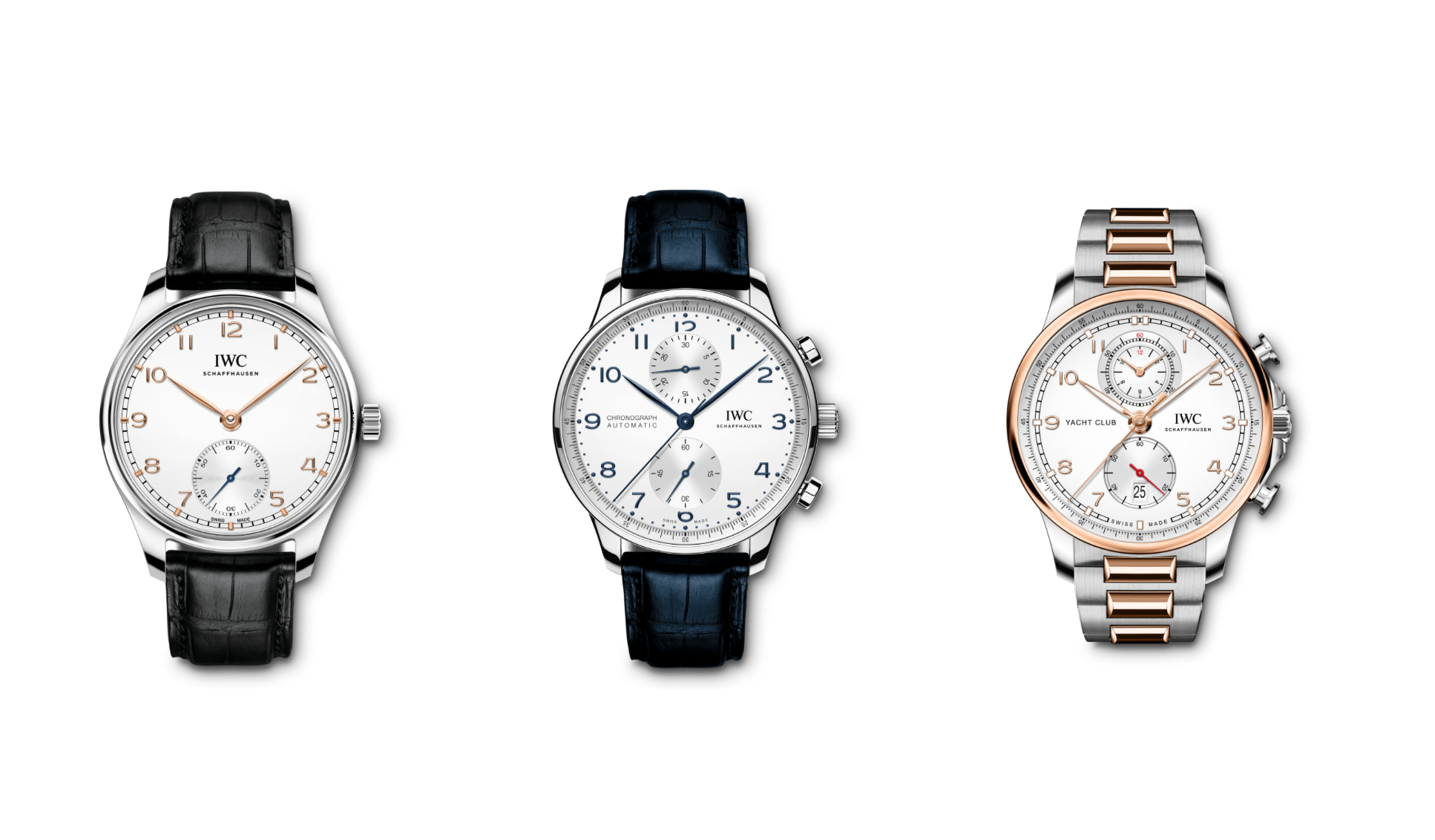
Image: IWC
The Portugieser is to IWC what the 911 is to Porsche: A model that, despite having been around for decades, has managed to evolve gracefully over the years without losing its essential qualities. For proof, simply look to the collection of refined Portugieser models that IWC showcased at Watches & Wonders.
Complete with a new perpetual calendar, a nautical sports chronograph and new automatic models, the collection has one major talking piece: the Portugieser Yacht Club Moon & Tide (Ref. 344001), a $33,100 wristwatch that indicates the shifting times for high and low tides. Encased in an elegant 18k rose gold sheath, the watch is the first from IWC to feature the new tide complication, which appears on a subdial at 6 o’clock. Beyond indicating the expected tide times, the watch also boasts a double moon phase display at 12 o’clock that shows both spring and neap tides.
In a typical year, IWC would have shown the watch to guests at its Watches & Wonders booth, which changes every year depending on which collection is being launched. This year, the brand recreated the Portugieser-themed booth using AR — a first for the brand, and a handy way to give guests a peek into its elaborate universe.
Roger Dubuis
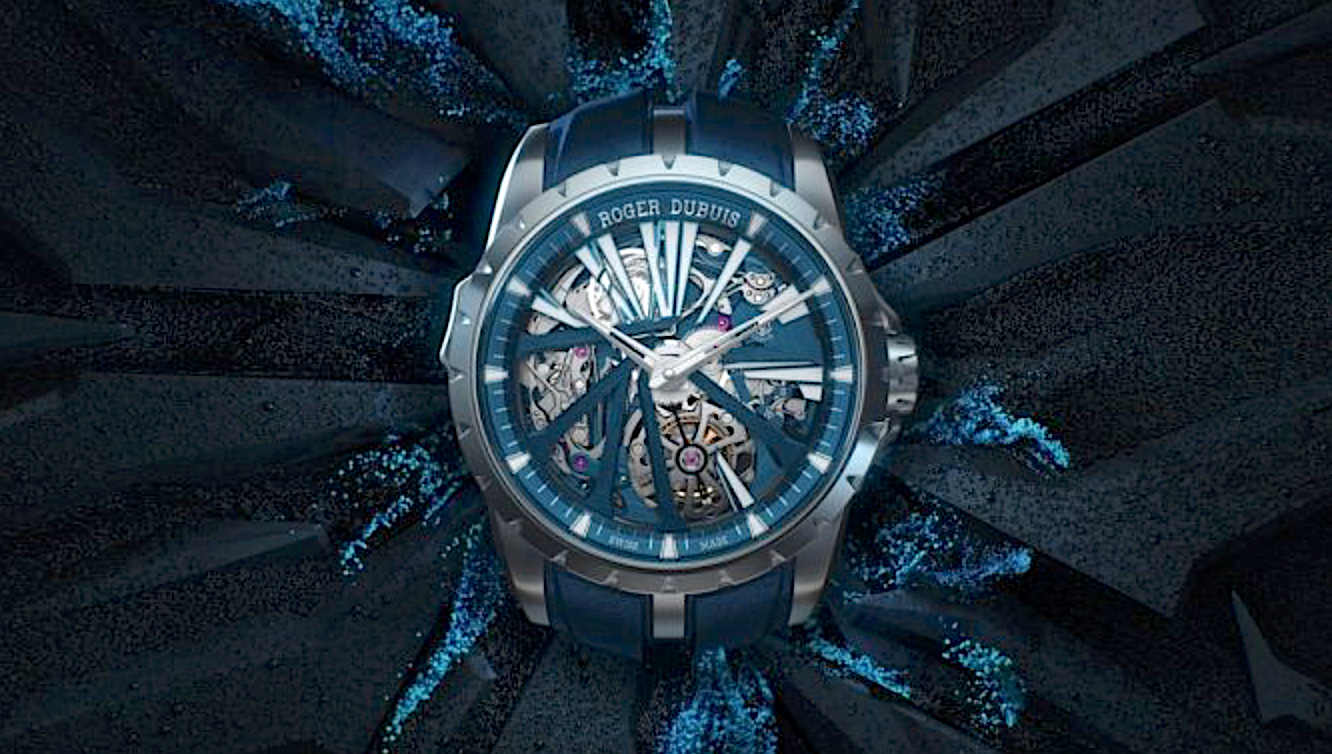
Image: Roger Dubuis.
Leave it to the iconoclasts at Roger Dubuis to reimagine the minute repeater. Often described as watchmaking’s “supreme complication,” the chiming mechanism was invented before electricity, when the only way to tell the time in the darkness of night was to hear it.
With the introduction at Watches & Wonders of the Excalibur Diabolus in Machina, Roger Dubuis subverts that history with a thoroughly contemporary presentation: Not only is the watch rendered in an electric blue shade of cobalt chrome, a metal alloy commonly found in gas turbines and orthopaedic implants, it features an openworked design that the watchmaker likens to “geometry in chaos.”
That’s not the only innovative aspect of this minute repeater, which comes in a highly limited edition of one. The melody it chimes, “Diabolus in Machina,” is a dissonant tritone that was forbidden in medieval times because it was believed to summon the devil — “very disorienting, but very beautiful,” said Nicola Andreatta during a recent Zoom presentation.
Panerai
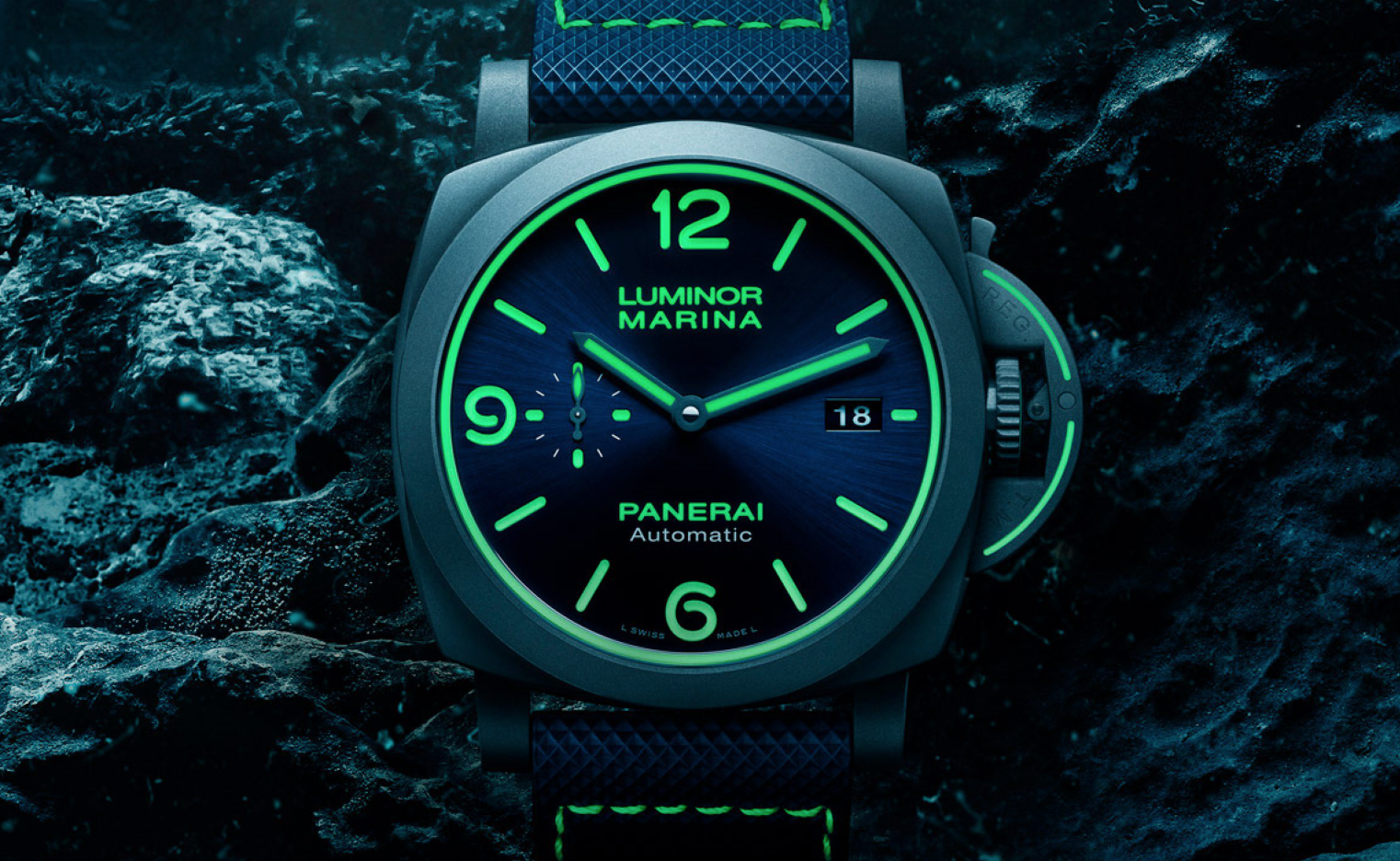
Image: Panerai.
To mark the 70th anniversary of its iconic Luminor model, Panerai pulled out all the stops. First, the Swiss watchmaker with the Italian heritage introduced a trio of new Luminor Marina models featuring in-house movements backed by an unprecedented 70-year warranty.
Housed in a range of space-age materials — including titanium, Carbotech and Fibratech (which is made of volcanic basalt combined with mineral fibers bonded with polymers) — the models share an extraordinary degree of luminescence, the feature that distinguished the original 1950 model (in addition to its signature oversized crown-protecting bridge). That’s because all three models are accented with a highly luminous version of Super-LumiNova known as “X1” that appears on the dial, crown, crown-protecting bridge and lever, as well as on the strap itself.
To introduce the brand’s global cohort of collectors to its “Year of Luminor” collection, Panerai created a 12-minute video on the Watches & Wonders platform that leads them through “an underwater fantasy world,” said CEO Jean-Marc Pontroue.
The game-changing introductions didn’t end there. Panerai also bolstered its reputation as a provider of unforgettable experiences with the debut of the EcoPangea Tourbillon GMT – 50 mm, a limited edition of five pieces that comes with the opportunity to join Mike Horn, an explorer and longtime brand ambassador, on a journey to the Arctic.
Piaget
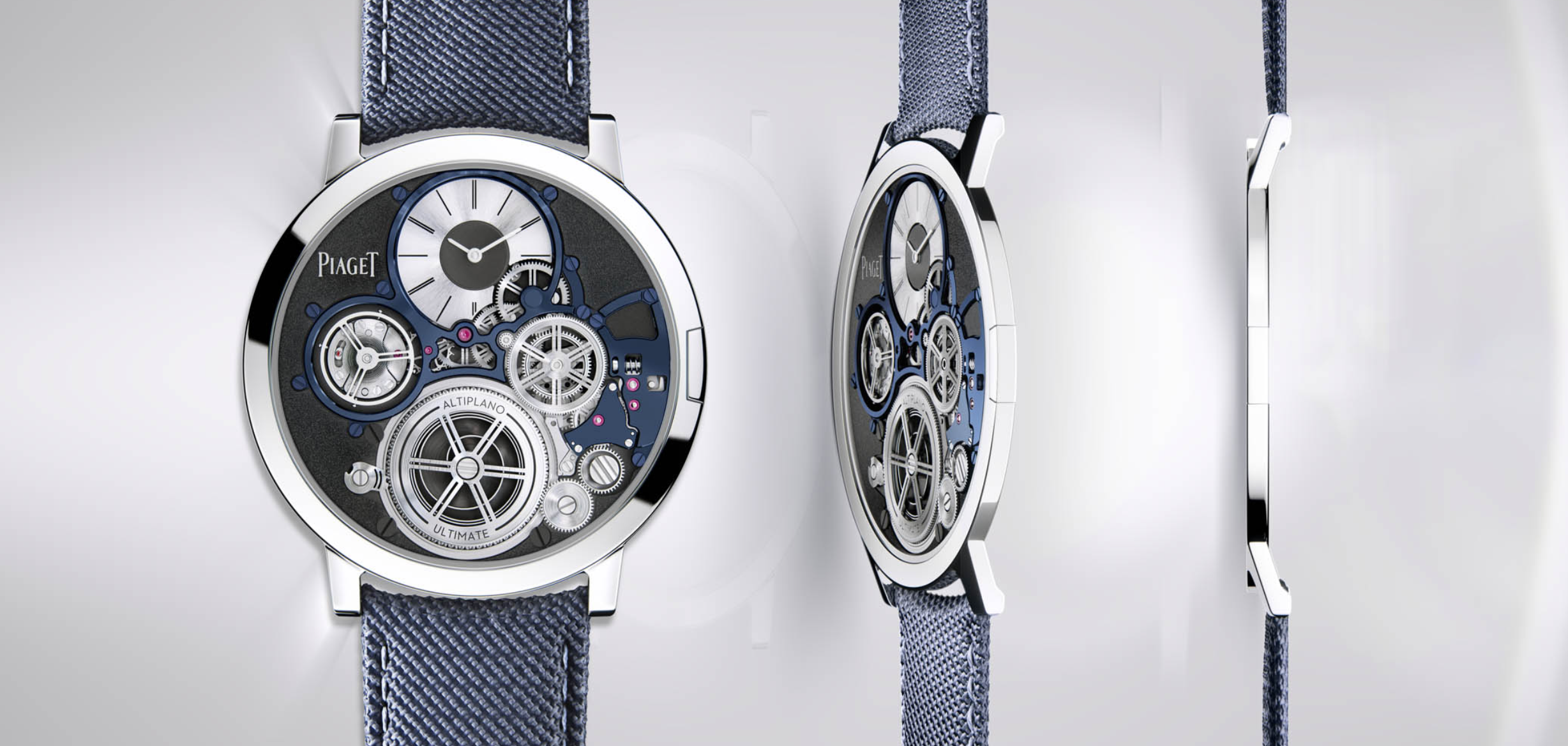
Image: Piaget.
Six years in the making, Piaget’s Altiplano Ultimate Concept watch, the thinnest mechanical watch on record, is a marvel of engineering. Introduced in 2018 as a pure concept piece, the model measures just 2 mm thick — including the case and handwound movement, which are fused together to ensure its groundbreaking slenderness.
Now available as a customisable production piece — albeit in extremely limited runs of just three to five pieces annually — the model was one of the fair’s major talking pieces.
Vacheron Constantin
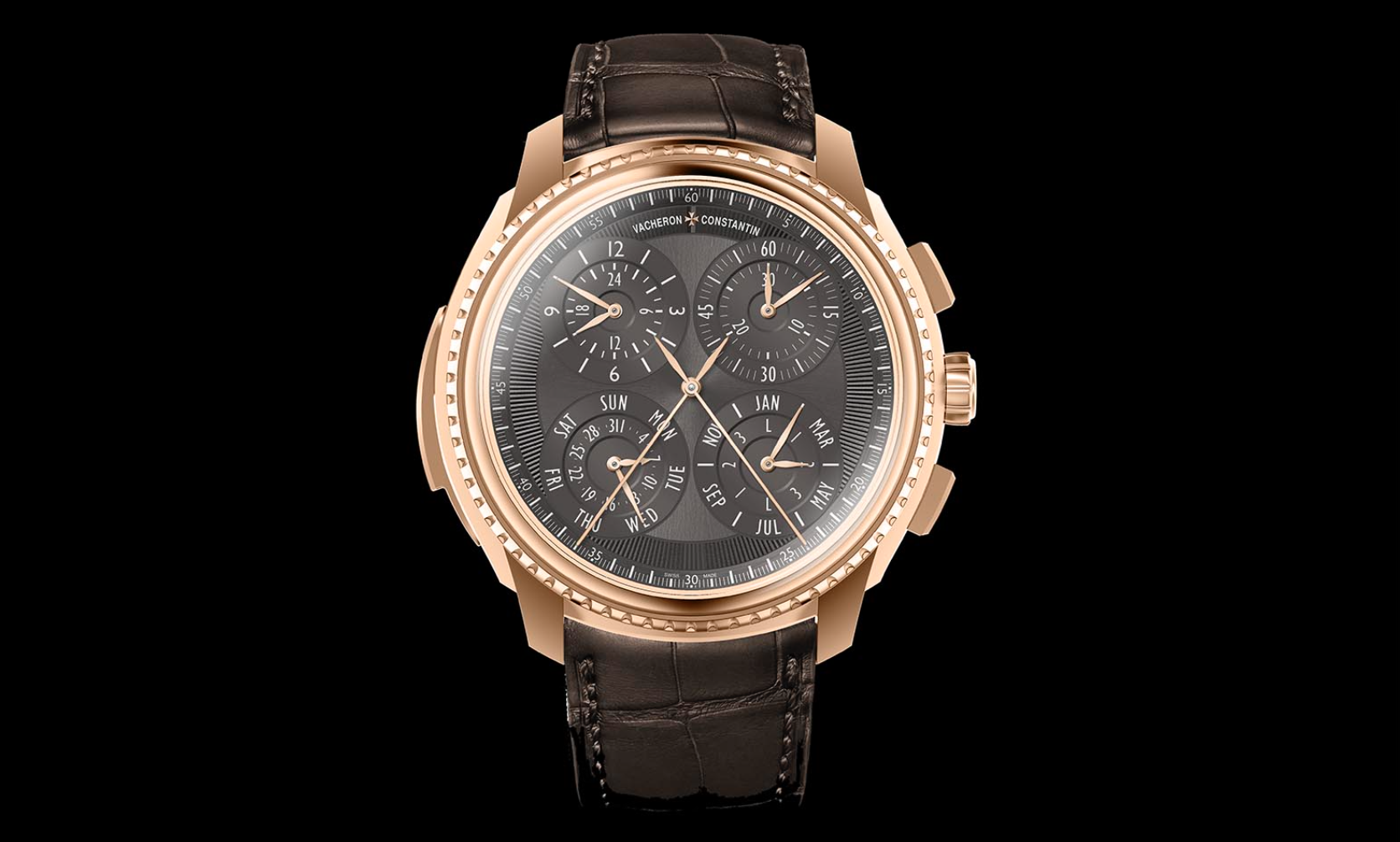
Image: Vacheron Constantin.
Five years ago, when Vacheron Constantin began work on its magnum opus of 2020, the Les Cabinotiers Grand Complication Split-Seconds Chronograph – Tempo, the world was a much different place. Even though a pandemic doesn’t seem like the ideal time to promote a wristwatch loaded with 24 complications and 1,163 components, the model is a pièce unique, meaning it only needs to connect with one buyer.
Beyond its mind-bending combination of mechanical functionality — including a split-second chronograph, minute repeater and equation of time — the Tempo stands apart for its two-faced symmetry.
“The watch case has been designed to be fully symmetrical, meaning you can wear Tempo on both sides,” said Christian Selmoni, the brand’s style and heritage director, during a recent Zoom presentation. “Simply flip it on your wrist by removing the strap.”
“Watches with more than 1,000 components are very rare,” he continued. “This gives you an idea of the complexity of this timepiece.”










